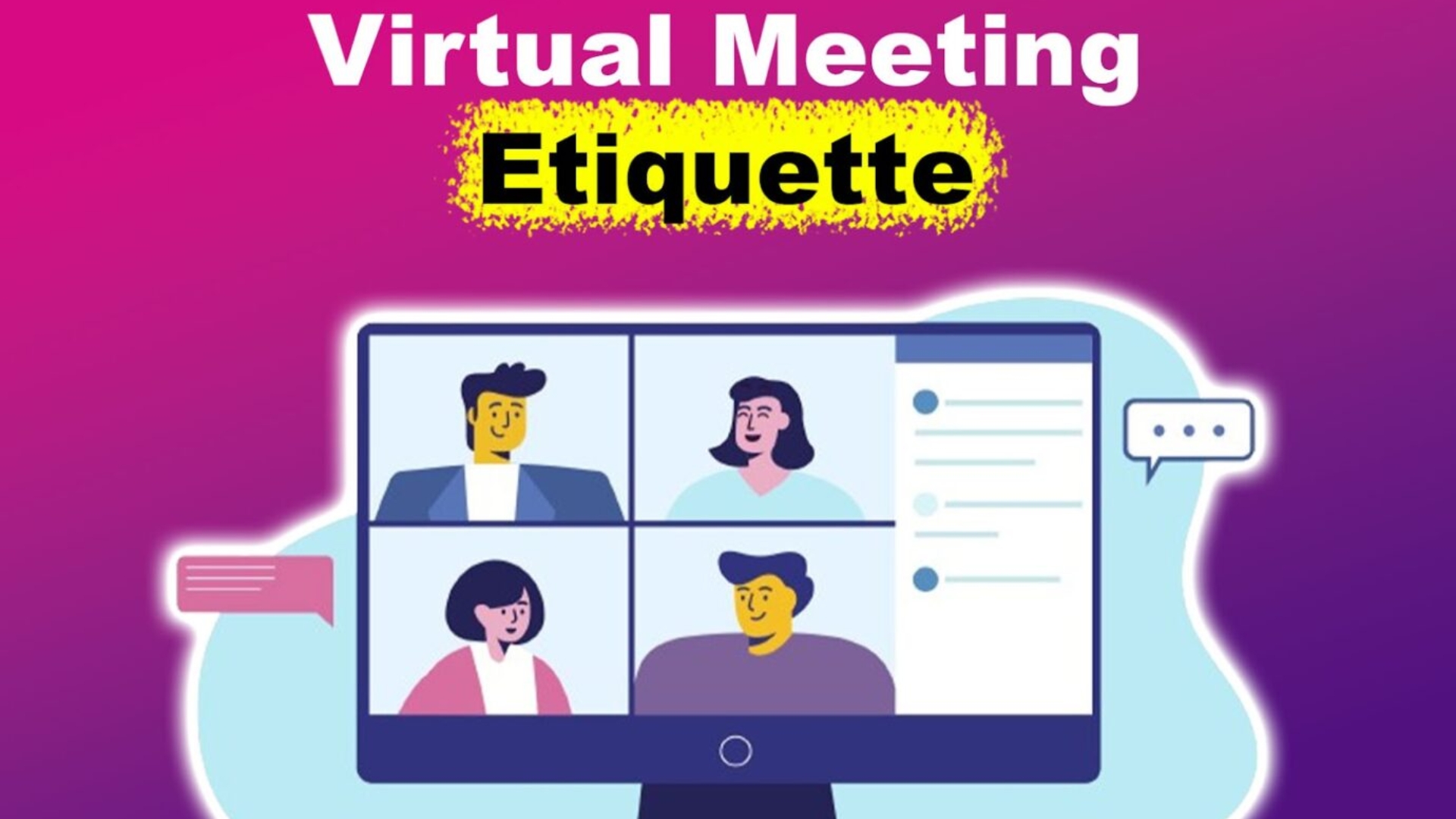Virtual meeting etiquette refers to clear and respectful behavior online. It helps people talk well. It reduces confusion and delays. Also, it shows professionalism and care. With good habits, teams work faster and trust grows.
Studies have shown that video enhances trust and attention. Researchers find agendas raise focus and outcomes. Analysts report mute use cuts noise stress. Scholars show prep and tech checks save time. Prior work links clear audio to better decisions and fewer repeats.
Ready to stand out on every call? Start small: read the agenda, check your gear, and join early. Then, keep the camera on, eyes to lens, mic on mute. Next, speak briefly and clearly. Today’s tiny habits become your brand tomorrow. So, lead by example—your team will follow.
1. Prepare Before You Join
Preparation is the foundation of professionalism. Joining a meeting unprepared shows disrespect for others’ time. A few minutes of planning make a big difference.
Review the Agenda
An agenda is your meeting roadmap. Read it beforehand. Understand the meeting’s purpose. Know the key topics for discussion. Prepare your thoughts on each item. This allows you to contribute meaningfully.
Test Your Technology
Technical glitches happen. Prevent them when you can. Test your camera. Test your microphone. Check your internet connection. Do this 10 minutes before the meeting starts. A quick tech check prevents delays. It ensures a smooth start for everyone.
Choose Your Location Wisely
Your background matters. A distracting environment pulls focus from the conversation. Find a quiet space. Choose a neutral, professional background. A simple wall or a virtual background works well. Ensure good lighting so others can see you clearly.

2. Punctuality and Presence Matter
Your digital presence shows your engagement level. Being on time and attentive is a basic form of respect.
Arrive on Time
Punctuality is a core part of virtual meeting etiquette. Join the meeting a minute or two early. This shows you are ready. It respects the organizer and other attendees. Late arrivals disrupt the flow. They can force the group to repeat information.
Turn Your Camera On
Video builds a connection. It allows for non-verbal communication. Keep your camera on whenever possible. It shows you are present. It signals you are engaged in the discussion. Seeing faces helps build trust within a remote team. Use a professional headshot as your profile picture if you cannot use a video.
Look at the Camera
Eye contact is different on video calls. Look directly into your webcam when you speak. This simulates eye contact with other participants. It makes your message feel more direct. It shows you are speaking to them, not just at your screen.
3. Master Your Audio and Voice
Clear audio is non-negotiable for online meeting best practices. Poor sound quality makes communication impossible.
Mute Yourself When Not Speaking
Background noise is a major distraction. A dog barking, a siren, or even typing can interrupt the speaker. Mute your microphone immediately upon entering the meeting. Unmute only when it is your turn to speak. This is perhaps the most important rule of Zoom etiquette.
Use a Quality Microphone
Your computer’s built-in microphone may not be enough. It can pick up echoes and background noise. Consider using a headset or an external microphone. This simple tool dramatically improves your audio quality. Your colleagues will thank you.
Speak Clearly and Concisely
Virtual audio can sometimes lag. Speak at a measured pace. Enunciate your words clearly. Get straight to your point. Avoid long, rambling sentences. Clear, concise speech ensures your message is understood.
4. Engage Respectfully
A virtual meeting is a collaborative space. Your participation should be constructive. It should respect everyone’s contribution.
Avoid Multitasking
People can tell when you are not paying attention. Answering emails or checking your phone is disrespectful. It communicates that the meeting is not your priority. Close other tabs. Put your phone away. Give the meeting your full attention. This is a key element of video call professionalism.
Use the “Raise Hand” Feature
Interrupting is disruptive in any setting. It is worse in a virtual one. Use the “raise hand” feature in your meeting software. This signals to the host that you have something to say. Wait to be called on. This creates an orderly, respectful conversation.
Communicate with Intent
Use the chat feature for relevant questions or comments. Avoid side conversations that distract from the main topic. When you speak, make sure your contribution moves the discussion forward.
Quick Etiquette Checklist
- Read the agenda before the meeting.
- Test your camera and microphone.
- Join the meeting on time.
- Keep your camera on.
- Mute your microphone when silent.
- Avoid multitasking.
- Use the “raise hand” feature to speak.
- Look at the camera when talking.
- Speak clearly and to the point.
Conclusion
Virtual meeting etiquette is more than a list of rules. It is about building a culture of respect, efficiency, and trust. Every time you mute your mic, arrive on time, or listen actively, you contribute to a better team environment. These small actions create a large impact. They lead to more productive meetings. They foster stronger professional relationships. Ultimately, your team’s success depends on clear, respectful communication. Mastering these remote meeting tips is a powerful step toward that goal.

